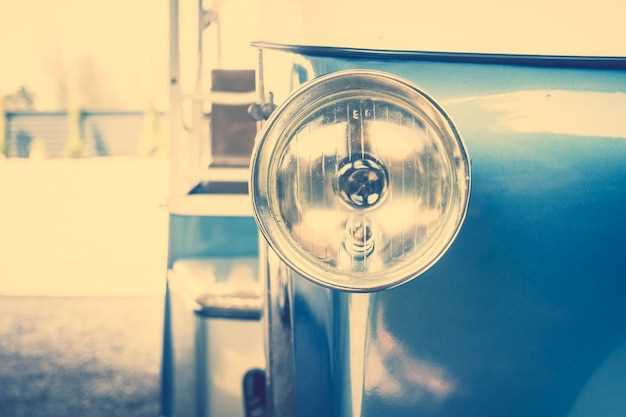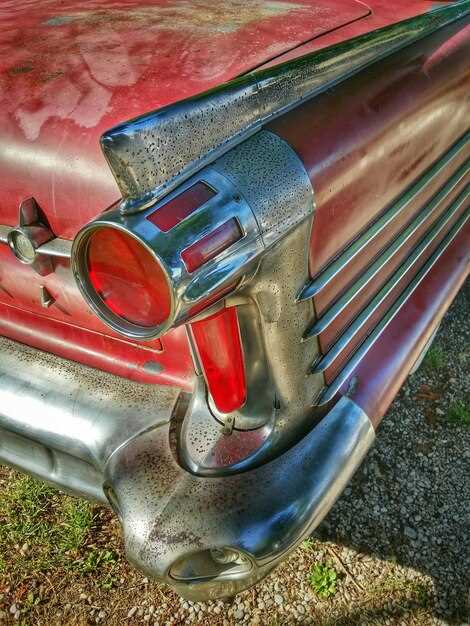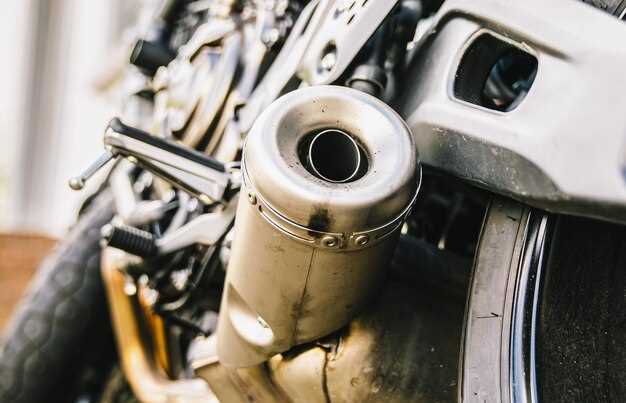
The performance of vintage vehicles is often a subject of fascination among enthusiasts and collectors. One of the critical components that can significantly influence a vehicle’s performance is its exhaust system. Vintage exhaust systems are designed with unique characteristics that can affect engine efficiency and overall output. Understanding the relationship between these systems and performance requires a closer look at the phenomenon of backpressure.
Backpressure refers to the resistance that exhaust gases encounter as they exit the engine. This resistance can be influenced by the design and configuration of the exhaust system. In vintage vehicles, manufacturers often prioritized a balance between aesthetics and functionality, which can lead to varying levels of backpressure affecting performance. High levels of backpressure may hinder the engine’s ability to expel exhaust gases efficiently, potentially leading to reduced horsepower and torque.
Moreover, vintage exhaust systems are typically built from materials that may not withstand the test of time or the performance demands of modern driving conditions. Over decades, rust and corrosion can alter the original flow dynamics, making it essential for owners to understand how these changes impact backpressure and, consequently, engine performance. In this article, we will explore the intricacies of vintage exhaust systems and their direct effects on vehicle performance, providing insights for both enthusiasts and restorers alike.
How Backpressure Influences Engine Efficiency in Classic Cars

Backpressure is a critical factor that affects engine efficiency, particularly in classic cars. It refers to the resistance encountered by exhaust gases as they leave the engine and travel through the exhaust system. Understanding the role of backpressure can provide insights into how vintage exhaust systems impact overall performance.
In vintage engines, designed with specific configurations and tolerances, optimal backpressure levels contribute to efficient exhaust scavenging. This scavenging is the process of fresh air-fuel mixture entering the combustion chamber while exhaust gases are expelled. An ideal amount of backpressure helps maintain a balance between these two processes, ensuring that the engine operates smoothly and effectively.
Too much backpressure can hinder engine performance by restricting the flow of exhaust gases. This restriction results in reduced power output and can lead to increased engine temperatures. Classic cars often utilize less advanced technologies in exhaust design, meaning they are particularly susceptible to negative effects from excessive backpressure.
Conversely, insufficient backpressure can also be detrimental. It may lead to a loss of torque at lower RPMs, which is undesirable in a vintage vehicle where power delivery is crucial for a pleasurable driving experience. Therefore, maintaining the right level of backpressure is essential for achieving optimal engine performance and efficiency.
In summary, backpressure significantly influences the engine efficiency of classic cars. A well-designed exhaust system that considers the unique characteristics of vintage engines can enhance performance, ensuring that these automotive gems remain enjoyable to drive while preserving their original charm.
Comparing Vintage and Modern Exhaust Designs for Power Output
Vintage exhaust systems, characterized by their simpler construction and less restrictive layouts, often prioritize sound and aesthetics over sheer performance. These systems typically feature larger diameter pipes and fewer bends, which can facilitate better exhaust flow. The reduced back pressure in vintage designs can lead to an increase in power output, enhancing engine efficiency, especially in lower RPMs.
In contrast, modern exhaust systems utilize advanced engineering techniques and materials to optimize power output while meeting stringent noise and emission regulations. Contemporary designs often incorporate features such as resonators, catalytic converters, and mufflers that can create more restrictive pathways. While these innovations can suppress unwanted noise and reduce harmful emissions, they may also generate back pressure that can diminish overall performance, particularly in modified or high-performance vehicles.
An important factor when comparing power output between vintage and modern exhaust systems is the tuning of the exhaust system. Vintage designs may lack precise tuning, whereas modern systems often include features designed to improve scavenging and exhaust pulse timing. This tuning can significantly enhance engine performance across a broader RPM range, allowing modern vehicles to achieve higher horsepower and torque numbers.
Moreover, aftermarket modifications for both vintage and modern systems can further impact power output. Enthusiasts often seek to enhance exhaust flow by replacing stock components with performance-oriented alternatives. Such upgrades can bridge the gap between the two eras, allowing vintage vehicles to achieve modern-day performance standards, while providing modern vehicles a taste of the raw power associated with classic designs.
Upgrading Exhaust Systems: What to Consider for Optimal Performance

When considering an upgrade to your exhaust system, several critical factors will determine the overall performance enhancement you achieve. One of the most important aspects is the management of backpressure. Backpressure refers to the resistance that exhaust gases encounter as they exit the engine. An optimal exhaust system design minimizes unnecessary backpressure, allowing for improved engine efficiency and performance.
First, it is essential to evaluate the diameter of the exhaust piping. A larger diameter can facilitate a better flow of exhaust gases, reducing backpressure significantly. However, it’s crucial to find the right balance; excessively large pipes may lead to a loss of torque at lower RPMs. Thus, matching the pipe diameter to your engine’s specifications and intended use is vital.
Next, consider the type of muffler used in the system. Performance mufflers are designed to minimize backpressure while controlling sound levels. They provide a balance between aesthetic sound and functional performance. Research various muffler designs to find one that aligns with your performance goals.
Additionally, evaluating the material of the exhaust system can impact both durability and performance. Stainless steel is favored for its resistance to corrosion, while aluminized steel offers a more economical option but may not last as long. Higher-quality materials can withstand the rigors of a performance environment and contribute to an overall performance upgrade.
Lastly, do not overlook the importance of headers. Upgrading to performance headers can significantly improve exhaust flow and decrease backpressure. This allows for better scavenging of exhaust gases during the intake stroke, enhancing performance across the board.
In summary, various factors such as pipe diameter, muffler type, material choice, and header design all play crucial roles in the ability of an upgraded exhaust system to optimize performance by effectively managing backpressure. Careful consideration of each element will lead to the best results for your vehicle.
